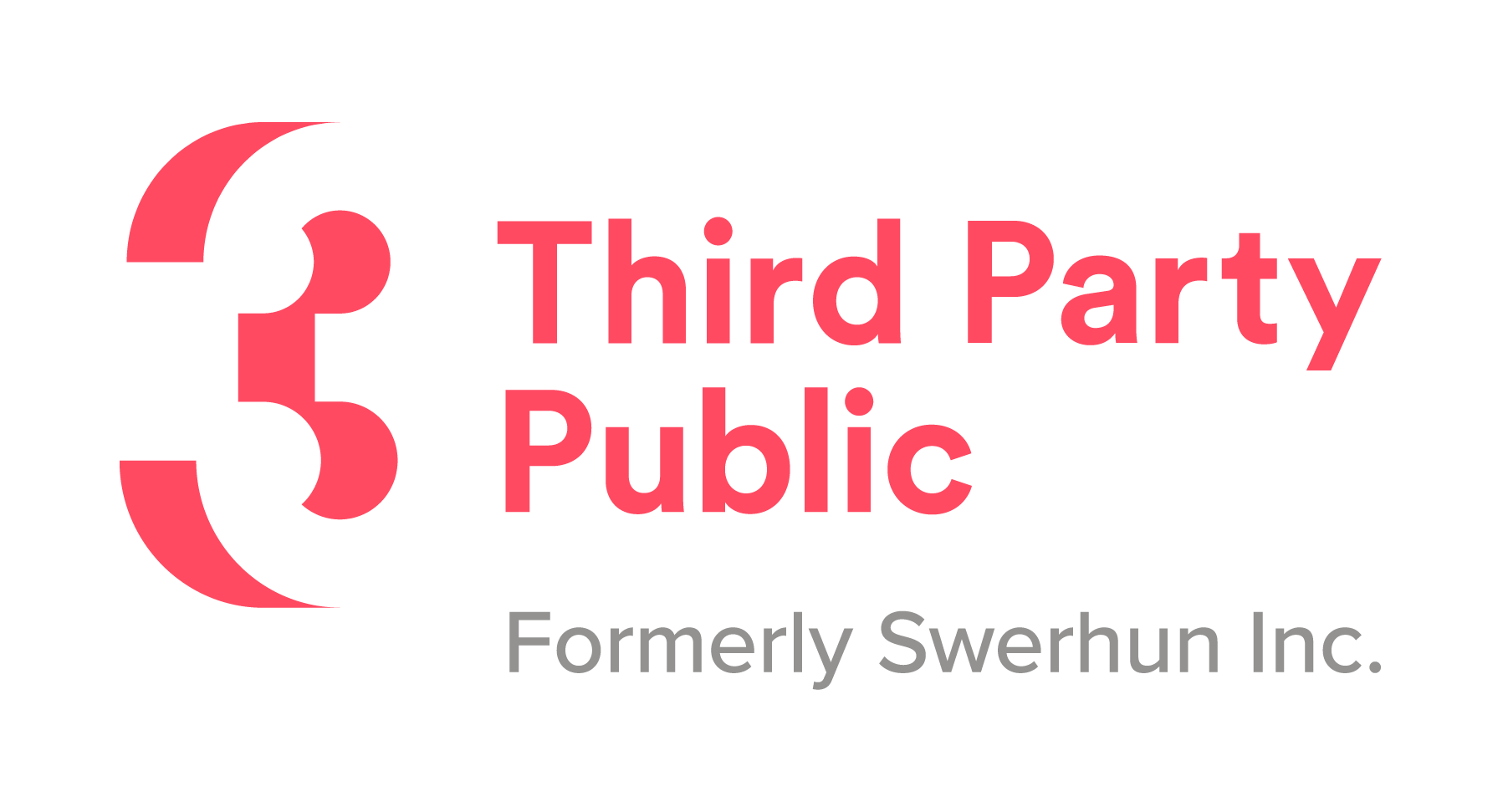Public Engagement began in the postwar period as Public Protest. People rallied and organized around specific issues: Civil Rights, Historic Preservation, the Environment, the Vietnam War. Some movements dealt with public policy and legislation, eg: Civil Rights. Others focused on particular local situations and projects. For example, Jane Jacobs was able to organize opposition to an expressway proposed by the powerful Robert Moses in New York City. All across the United States, neighborhood residents organized to prevent the demolition of treasured historic buildings and to oppose projects that would diminish the character of their community. Planners, lawyers, architects and other professionals often supported these efforts as “advocates” for the opposition.
In the course of these messy and violent processes, it gradually became clear that the issues were rarely black and white. They were more complex than they first appeared and resolution required more than a cut and dried “yes or no” decision. There was a need to find a “common ground” among the various interests. Instead of being advocates for one interest group, professionals and leaders of the processes needed to enable participants to build bridges, develop new ideas and find resources to establish that common ground.
My own experience with this field began in 1964 when David Lewis asked me to join him in founding Urban Design Associates in order to work on a commission from the Pittsburgh Board of Education funded by the Ford Foundation. Pittsburgh was under court order to develop a plan for racially integrating its schools. The charge was to study the way the design of neighborhoods and the location of schools could support racial integration.
David, new to the US and to Pittsburgh, was the head of a new graduate program in Urban Design at Carnegie Mellon University. He has been exiled from South Africa for his Anti-Apartheid activities and came to the United States in part because of the Civil Rights movement. He saw that Pittsburgh’s traditional ethnic neighborhoods were a series of villages separated from each other by steep hillsides and river valleys. If there were to be a “common ground”, it would have to be between rather than within neighborhoods. He proposed identifying potential common grounds and then inviting the communities around them to come in and discuss ways of providing integration: “Let the solutions come from a deeper understanding of the way people perceive their community, the larger city and the other neighborhoods.”
In the following years, with similar projects in various neighborhoods and cities, it became clear that the first and most important part of any design and planning process was the DESIGN OF THE PROCESS itself. No matter how different the situation might be, there were always three phases, each of which needed to achieve consensus before moving on to the next phase. These are the same three steps which are so clearly articulated in this book.
At the same time in the late ‘60s and ‘70s, many people were making the same discoveries. Charles Moore and Lawrence Halprin working with Jim Burns conducted participatory design processes called “Take Part”, which engaged a broad cross section of people using creative techniques, some of them televised with phone in participation. Charles used to say that these were his most rewarding projects and he contrasted the authenticity of a process with “real people” with the “"style war” debates among architects.
The American Institute of Architects Regional and Urban Design Committee established a program called R/UDAT (Regional/Urban Design Assistance Teams) in which architects volunteered to work on interdisciplinary teams to help cities resolve difficult issues by engaging citizens in a weekend long charrette. In Britain, Rod Hackney (the President of the Royal Institute of British Architects) developed a program in Community Architecture which was based on community participation. The Prince of Wales co-chaired a R/UDAT with David Lewis in Pittsburgh that brought British and American architects together with local citizens to find ways of revitalizing economically devastated communities that had once been steel mill towns.
New Urbanism, a movement to reform urban planning policies and design, relies on the participation of citizens to counter the arbitrary and often counterproductive zoning and transportation policies that control city actions. New urbanists use the Charrette process to bring interdisciplinary teams together to work with communities to develop plans and design with people rather than for them. In the wake of Hurricanes Katrina and Rita, the Congress for the New Urbanism conducted a charrette for the rebuilding of the Mississippi Gulf Coast. The National Charrette Institute, one of many organizations within New Urbanism, had developed techniques, prepared manuals and conducted training sessions. Over the years, all of these efforts have contributed to the evolution of the art of community engagement.














